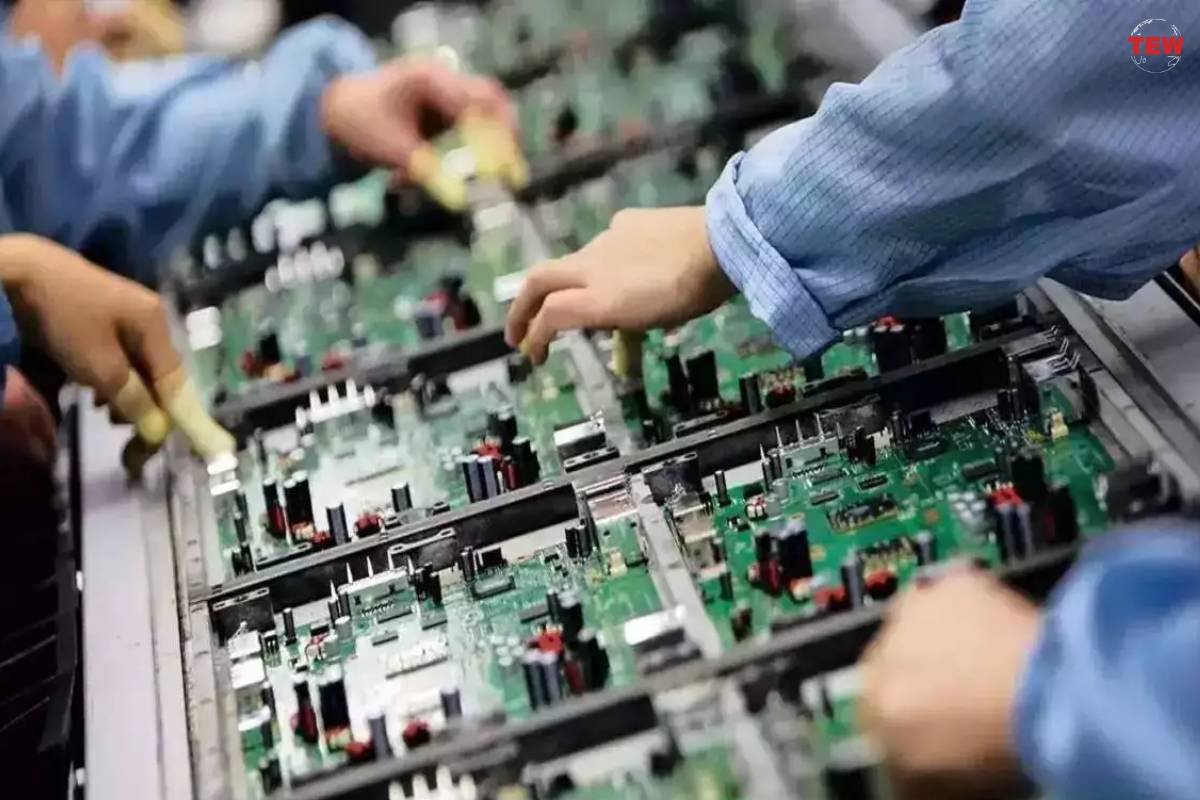An investigation by the Defence Advanced Research Projects Agency is starting to create an “analytical framework” to direct the creation of integrated lunar infrastructure over the following ten years.
The 10-Year Lunar Architecture, or LunA-10, project was unveiled by DARPA on August 15 and is looking for suggestions from both users and potential providers of lunar power, communications, navigation, and other infrastructure. According to a press release, the agency intends to choose a team that will collaborate on “new integrated system-level solutions that span multiple services” and be offered commercially by 2035.
Commercial End State
In an interview, Michael Nayak, the DARPA program manager in charge of LunA-10, mentioned how numerous businesses are focusing on different parts of that infrastructure independently. We intend to incorporate such businesses into LunA-10 and create a consortium, he continued. An example of how those ideas may be combined would be a lunar power unit that also broadcasts communications and navigational signals.
A “commercial end state” for lunar infrastructure in 10 years will also be defined by the study. He stated, “This is the end state at which we have a self-sufficient lunar economy,” enabling the project to proceed backward from there to determine what technology is required to achieve that and pinpoint any gaps.
The study was divided “50-50” between technology and economics, according to him. “I do want to examine both: a financially closed, engineering-rooted analysis.”
Such a study would seem to be within NASA’s purview, as the agency has been working on a thorough architecture for lunar infrastructure and Martian exploration, the first stage of which it unveiled in April. Nayak said that DARPA and NASA were working together on this project and referred to LunA-10 as an addition to NASA’s architectural studies.
“We set out to talk with NASA, figure out what they’re doing, figure out what their roadmap is, and then see if there are other complementary investments that we can make to significantly advance the state of the art that are sort of in line with your typical DARPA mission,” the official said.
Opportunities for technology maturation
He said that he has been directly collaborating with Niki Werkheiser, NASA’s Space Technology Mission Directorate’s director of technology maturation, on planning for LunA-10 and utilizing the organization’s knowledge of pertinent technologies.
In the DARPA release regarding the study, Werkheiser stated that “opportunities for technology maturation are key for development for lunar infrastructure capabilities in order to meet the objectives of future lunar architectures.”
DARPA will gain from this lunar investigation by identifying technology that might have additional uses in national security. Nayak cited the example of creating sophisticated thermal management technologies that are required for lunar power systems but may also offer communications and navigational services that are useful elsewhere. He stated, “I’m hoping the defense community can walk away with framing concerns like that at the end of this.





